Fattoria di Fubbiano: a place to live and share
We welcome you to the Fattoria di Fubbiano, an oasis of peace immersed in the Lucca area, where the passion for viticulture combines with the warmth of hospitality.
Who we are
We are an organically managed winery, immersed in the hills of Lucca, where for generations we have been producing wines and oils that embody the passion for our work and the traditions of our land.
But even before a company, we are a big family, an oasis of peace ready to welcome you with warmth and sincere cordiality.
And again, the Farm is much more than relaxation, nature and good wine. For us, and for our guests, it is a place to live and share; Simply put, it’s home.
And it is at home that you will feel when you cross the threshold of the Fattoria di Fubbiano. We promise.
Our wines, our history
Wine has been produced in Fubbiano for centuries. The first written news dates back to 1694, when the Archbishop of Lucca came here on a pastoral visit.
Since then, the successive properties have never divided or distorted the rural complex, which has thus kept its soul and identity intact.
The Corsini family, who still manages the farm today, arrived on the estate in 1921, when Antonio Corsini brought with him from Carrara the Vermentino which we still grow and vinify today.
1969 was another important year: right then, and one year after the creation of the Colline Lucchesi DOC, “Fubbiano Rosso” was born, the first wine bottled and labeled on the farm, on the initiative of one of the historic farmers of Fubbiano, Sauro Corsini. Also in 1969, Marco Corsini was born, and with him the third generation of the family to lead the business.
The winemaking history of the farm experiences another revolution in 2010: the new cellar, commissioned by the owner Alfred Schiller, a perfect meeting between innovation, experience and tradition, in fact stimulates the creation of new wines and increasingly intense qualitative research, thus projecting Fubbiano to the future.
Come visit
For us, Fattoria di Fubbiano is all of this: history, tradition, excellent products, family, passion, hospitality, refreshment, peace.
Come and visit us, and discover what place the Farm can take in your heart too.




